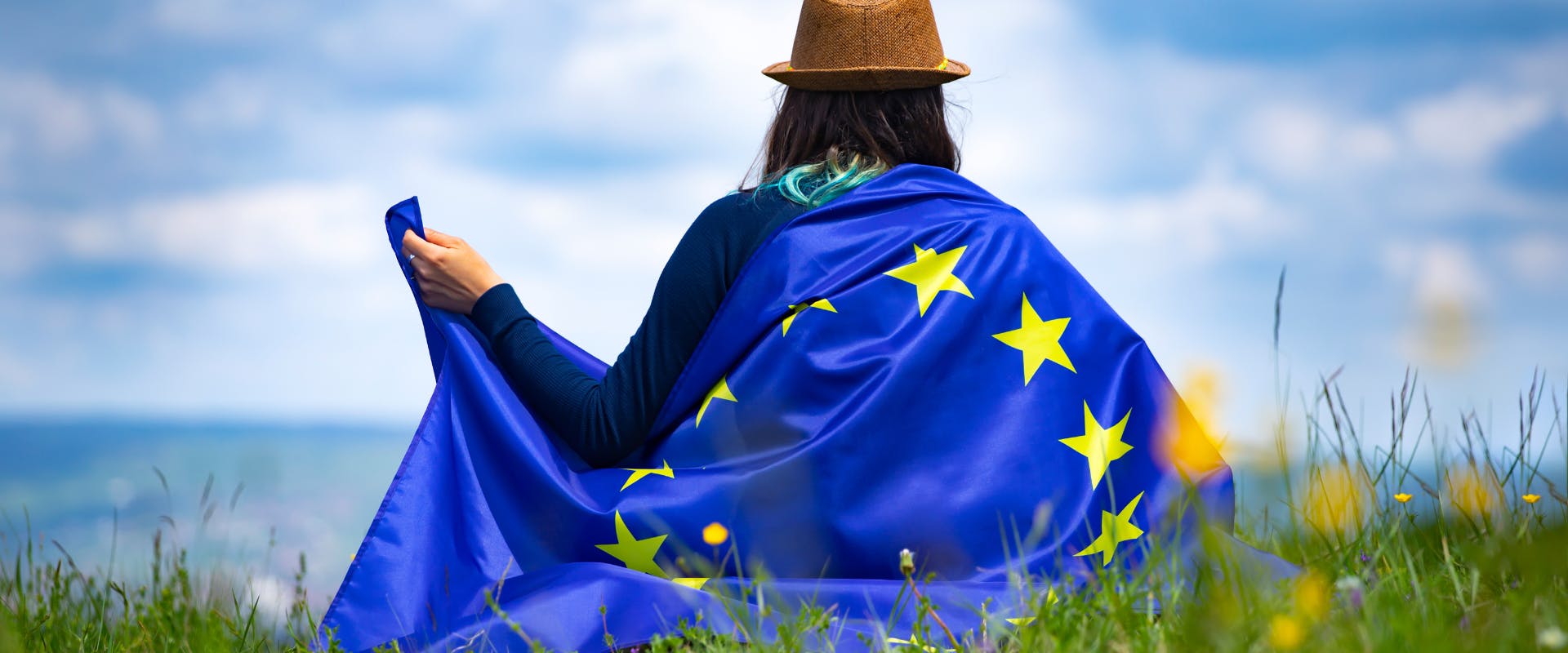Blog Article
Ecological experiments at the Kinderlab in Landquart with Soleva
- David Schmid
- July 8, 2024
- Reading time : 6 min6 min

On July 4th, an inspiring event took place in Landquart. The public square outside the train station hosted a campervan powered entirely by solar energy – a Swiss first. Developed with the support of CSEM and EPFL, this innovative van, called Soleva, drew the attention of children, parents, and curious passersby. All day long the team behind the van offered activities and Kinderlab Landquart, talks, and workshops that showcased the possibilities of eco-friendly transportation and renewable energy.
©csem
Was this article helpful to you?

